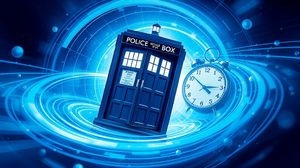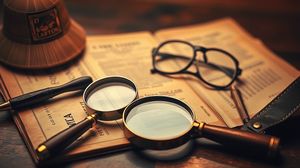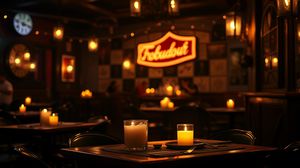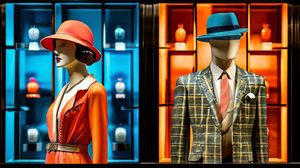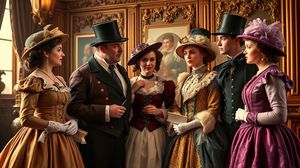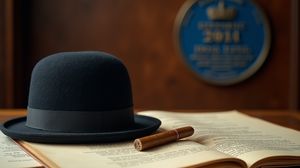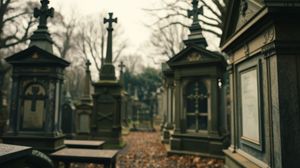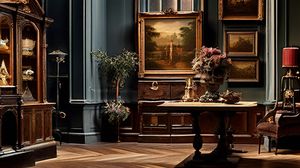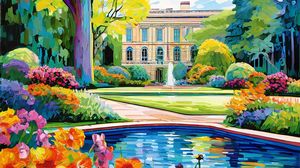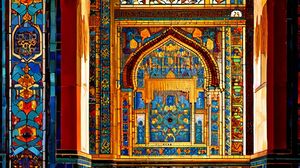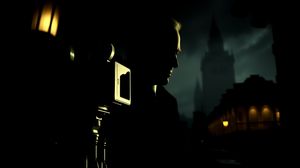
Alfred Hitchcock, the renowned film director often hailed as the "Master of Suspense," is commemorated with a blue plaque at 153 Cromwell Road in South Kensington, London. This plaque marks the residence where Hitchcock lived from 1926 to 1939, a period during which he directed some of his early British classics.
The Cromwell Road flat was Hitchcock's first home after marrying Alma Reville, his closest collaborator and wife. The couple hosted their wedding reception here, and it remained their London base for over a decade, even as Hitchcock's fame and fortune grew.
During his time at this address, Hitchcock directed notable films such as "The 39 Steps" (1935) and "The Lady Vanishes" (1938). These works contributed significantly to his reputation for cinematic innovation and suspense-filled storytelling.
Despite his rising prominence, Hitchcock chose to stay in the modest two-bedroom flat, stating that he never felt the desire to move out of his own class. He often worked on his scripts at home, with visitors finding him in his favourite silk pyjamas and dressing gown, immersed in his creative process.
In March 1939, Hitchcock left this residence for Hollywood, where he would continue to craft his legacy in filmmaking. The blue plaque at 153 Cromwell Road serves as a testament to his formative years in London and his enduring impact on the world of cinema.

Making the Most of Your Visit:
Take your time to appreciate the exact location on Cromwell Road. It's a busy area, so the plaque might be easy to miss if you're not paying close attention. Stand across the street for a wider view of the neighbourhood and imagine the bustling life during Hitchcock's residency.
While there, think about the scripts Hitchcock might have worked on in that modest flat. Consider how the environment and his time there might have influenced his storytelling and creativity. It can be a fun exercise to recall parts of "The 39 Steps" or "The Lady Vanishes" while standing nearby.
Kensington is an area that often exudes timeless charm. While you are nearby, consider imagining how it must have been during Hitchcock's days—how the buzzing metropolis combined with a sense of intimacy that might have contributed to his unique cinematic style.
If you're there early in the day, the morning light can beautifully illuminate the plaque and its surroundings, making it an excellent time for photographs. Less traffic early in the morning also provides a quieter moment to reflect on Hitchcock's legacy without distraction.
This residential area is rather quiet, so keep the noise down while appreciating the site. It's a fitting way to honour the subtle suspense and narrative tension that Hitchcock so masterfully wove into his films.

Visiting Times & Costs:
Alfred Hitchcock's Blue Plaque in Kensington is located on an exterior wall and is publicly visible at all hours. As such, it is accessible 24/7 without any entry fee or charge, making it a free attraction.
There are no specific accessibility facilities required, as the plaque is located on a public street and can be viewed from the sidewalk. However, please be aware that Cromwell Road is a busy area which may impact ease of access for those with mobility issues due to traffic and pedestrian flow.
No special arrangements or opening times are necessary to view the plaque, and visitors are encouraged to self-guide when exploring this part of Hitchcock's history in Kensington.

Address & Map:

Nearby:
